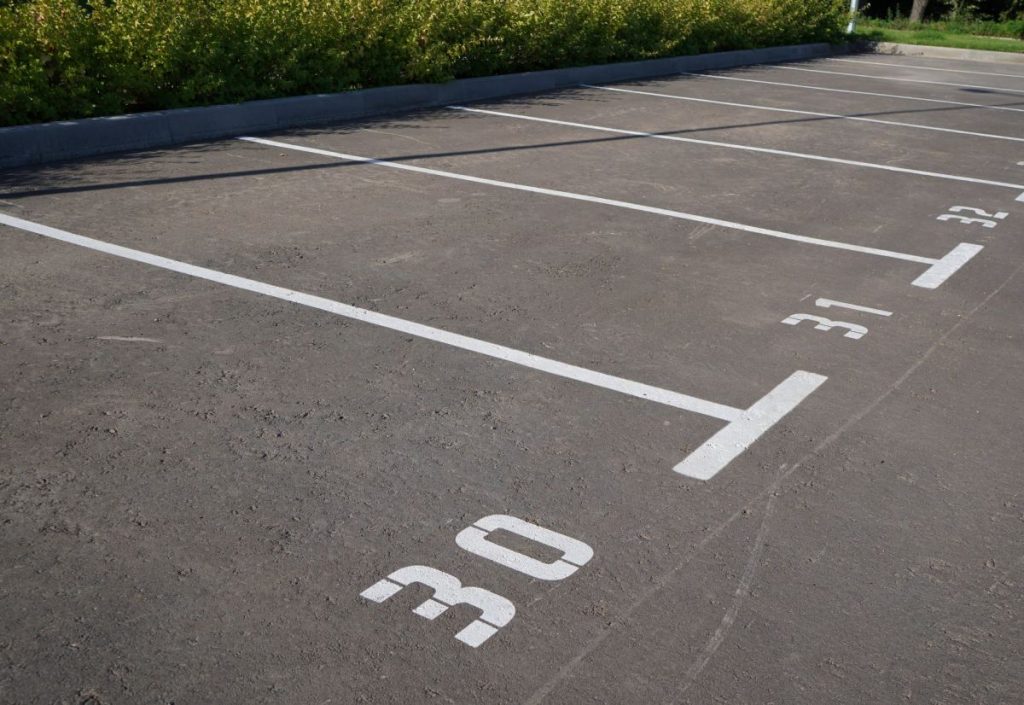“All Risk” policies generally contain a plethora of exclusions that limit or bar coverage for many types of damage. For instance, if a loss is caused by wear and tear, deterioration or improper installation, many policies will specifically exclude payment. Fortunately for some, many commercial and residential insurance policies contain ensuing loss clauses that may afford coverage for damages resulting from one of these perils.
Many courts throughout the nation have discussed the ensuing loss language and most have come to the same conclusion. In Swire Pacific Holdings, Inc. v. Zurich Insurance Company, the Florida Supreme Court analyzed the ensuing loss clause contained in an exclusion for damages caused by a design defect. The court wrote:
The design defect exclusion clause in the Swire-Zurich Builder’s Risk Policy is not ambiguous. “Loss or damage” as used in the first prong of the clause clearly means loss caused directly by the design defect. This type of loss is not covered under the policy. Further, the only reasonable definition for the term “physical loss or damage” as used in the ensuing loss provision of the clause is damage that occurs subsequent to, and as a result of, a design defect. This type of loss is covered under the policy.
Plainly stated, an ensuing loss is a covered damage that results from an excluded peril. This means that if there are two different losses, the first excluded by the policy and the second covered, the second loss will be covered if it results from the first.
For instance, if a pipe inside a wall breaks because it is old and deteriorated, the damages to the pipe would not be covered if there is an exclusion for deterioration and/or wear and tear. However if water is discharged from the broken pipe and results in significant water damage to the drywall, floors, or other covered property, these water losses may be covered if the appropriate ensuing loss provision is contained in the policy.
Another example is if an association’s roof is damaged by wear and tear and subsequently begins to leak into the building. Assuming that the damages to the roof (wear and tear) are excluded, the subsequent water damages could still be covered if such a provision applies.
Ensuing loss clauses are important for associations and unit owners alike. Both should read their policies carefully and understand how ensuing loss clauses affect the coverage they purchase.


